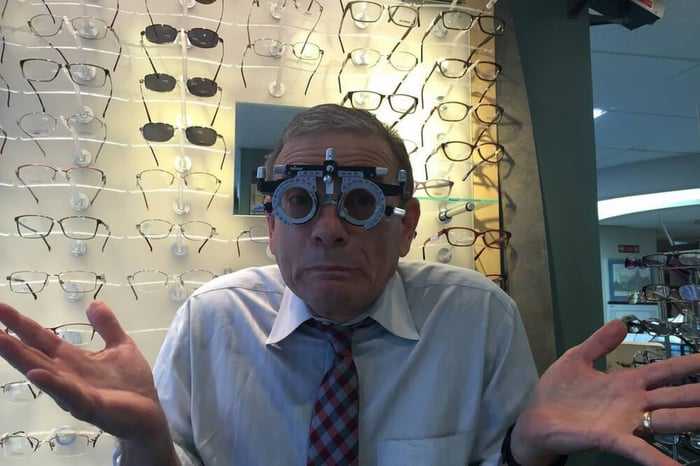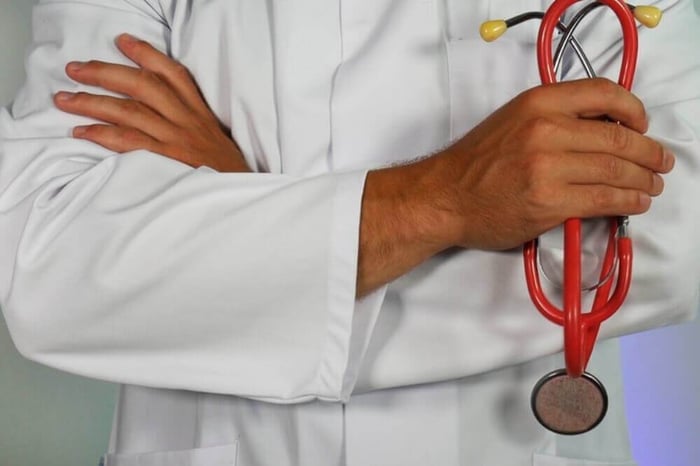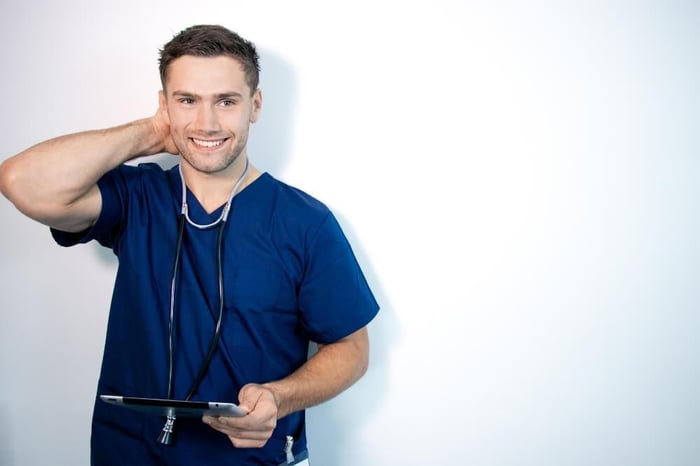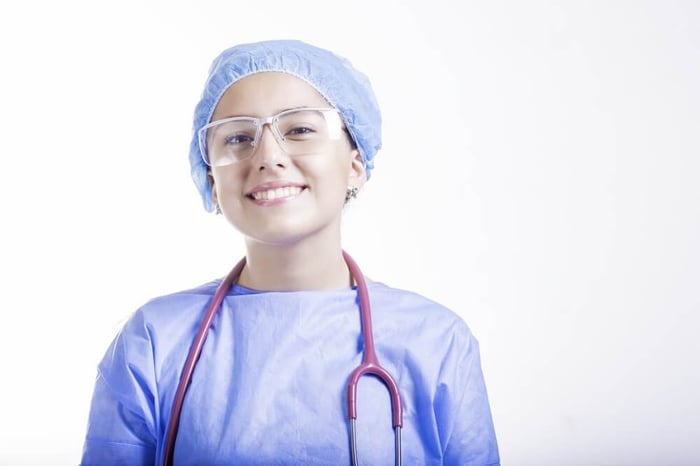
Life as a Doctor of Ophthalmology
WHAT IS AN OPHTHALMOLOGIST?
An Ophthalmologist is a medical doctor that deals with diagnosing and treating various types of eye disorders. In short, an Ophthalmologist is an 'eye doctor'. They identify eye problems, perform medical eye surgery, diagnose and treat eye diseases and prescribe medications to patients. It is a really tricky speciality as the eye is so delicate. Ophthalmology has both medical and surgical branches, with the training taking seven years. The eye surgeries require fine precision, hence the long training. As part of your preparation for your medical school interview, it is important to consider the different specialities one can go into.
OPTOMETRIST VS OPHTHALMOLOGIST
It is important to recognise that an ophthalmologist is a highly specialised role, very different from an optometrist. Optometrists must complete four years of training in optometry school but are not medical doctors.

WHAT DOES A TYPICAL DAY LOOK LIKE FOR AN OPHTHALMOLOGIST?
1. THE WARD
The day starts with the ward round. The patients are brought to us, and there are never more than four of them. These patients will have complex and serious eye conditions which need intense treatment and input. They could have problems with their contact lenses, their vision could be deteriorating, and sometimes people do just come in for routine eye exams.
Another example of a patient we might see on a ward round are patients who have really high intraocular pressures who need a combination of eye drops, IV medications, laser treatments and surgical eye care. There is always something to learn from managing these patients, and there is really good ophthalmology consultant input to make sure they are managed appropriately. Vision care both in the hospital and thereafter is so important.
2. THE CLINIC

Another specialised clinic is the macular clinic, for patients with macular degeneration, which is age-related, and causes blurring of the centre of someone’s vision, and can lead to partial blindness. Patients in the macular clinic will need an OCT (optical coherence tomography), a scan which has really improved the macular service. It uses infrared light to produce a really detailed picture of the macula and you can see if there is any fluid present, which can be affecting the vision in these patients.

Each patient will have a focused examination and I will collect all the information I need to decide how best to manage the patient and write prescriptions accordingly. Depending on the findings, I can assess if the patient is doing well on their current treatment, or if they need more treatment. This can take the form of eye drops, laser therapy, injections, contact lenses or surgery. The clinic is fast-paced and good fun and I get to make the majority of clinical decisions myself.
3. THEATRE
This time I manage to get all the cataract out successfully. Next, I inject a new lens through the same incision. It comes folded so it can fit through the incision and it unfolds when it’s in the eye to sit nicely in the right position. Theatre finishes without a glitch. If I am on call then I would have to head to the Eye Casualty to see any remaining patients there, as well as going to see any ward referrals that I had got during the day. I am on call overnight but can spend that at home unless I get called in, which doesn’t happen very often.



